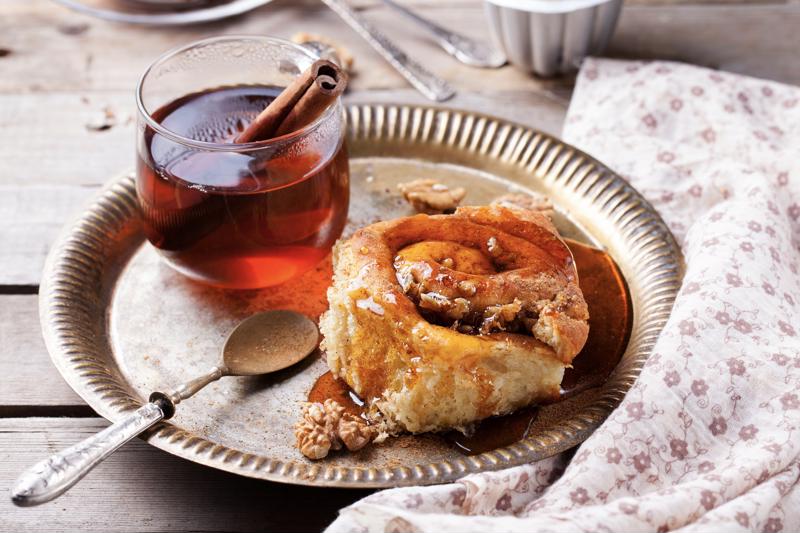No matter where you live, a reputable online culinary school can help you learn how to serve capably in professional settings, from restaurants to a variety of institutional and food service positions.
Understanding the history and versatility of certain ingredients is key for successful chefs throughout the industry, which is why we're taking a closer look at maple syrup – and how it can do so much more than offer a delicious addition to pancakes.
 Maple syrup has an especially wide range of culinary applications.
Maple syrup has an especially wide range of culinary applications.The important details of maple syrup
Maple syrup is a relatively rare ingredient in the culinary world, something that comes from a limited geographic area but can be efficiently stored, shipped and kept on hand without quickly spoiling. Knowing what makes for good maple syrup and how different types have specific culinary applications can help you make the most of every container of this delicately flavored delight that graces your kitchen, whether at home or on the job.
Maple syrup is, unsurprisingly, the product of refining sap from a variety of maple trees. It has a long history in North America, as it was first extracted and used by native people in areas where extraction was feasible. The process was refined over time by European colonizers, eventually creating a large modern industry in places like Quebec.
The Canadian Broadcasting Corporation reported there are close to 50 million taps in maple trees throughout the province, which produce about 71 percent of the world's total supply of the syrup. Although not as large in terms of output, maple syrup production is a popular venture in Vermont, Massachusetts and Northeast states and provinces with similarly suitable climates. It's also produced in Midwestern states like Wisconsin and Michigan, where temperatures reach the desired range. Depending on where you live, you may be able to make your own.
A look at the maple syrup grading scale
Maple syrup is produced in a variety of forms and, based on specific classifications, has a variety of recommended uses. The USDA scale includes a number of grades, as Martha Stewart explained. Grade A: Golden Color, Delicate Taste is the most popular syrup to use as a topping or to otherwise be eaten directly without cooking. Grade A: Amber Color Rich Taste is commonly used to add maple flavor to foods, while Grade A: Dark Color, Robust Taste is a simple substitute for brown sugar. Grade A: Very Dark Color, Strong Taste is similar in appearance and culinary applications to molasses.
Incorporating maple syrup into your menu
If you prepare breakfast foods as part of your culinary work, it's simple to offer Grade A: Golden Color, Delicate Taste maple syrup as a table-side accompaniment. But there are far more applications for this versatile ingredient:
- Made from scratch ham and cheese biscuits with a maple glaze, offering a hint of sweetness that compliments the other savory ingredients to create a balanced flavor profile.
- Maple baked beans, shared by Yankee Magazine, that offers a hint of flavor similar to, but distinct from, the molasses that is so common in classic baked bean recipes.
- Maple syrup pie, a Quebecois variation in the traditional sugar pie category, from PBS. This recipe allows chefs to play to the palates of their customers, as it works with any grade of syrup.
- Spaghetti with maple Bolognese, from Maple From Quebec, is an example of maple syrup's versatility. This dish is a hearty entree that can pique the interest of customers with a unique addition.
Maple syrup is just one of many ingredients you can learn to use as an online culinary student. Get in touch with us today to learn more about starting your career in the world of food.
